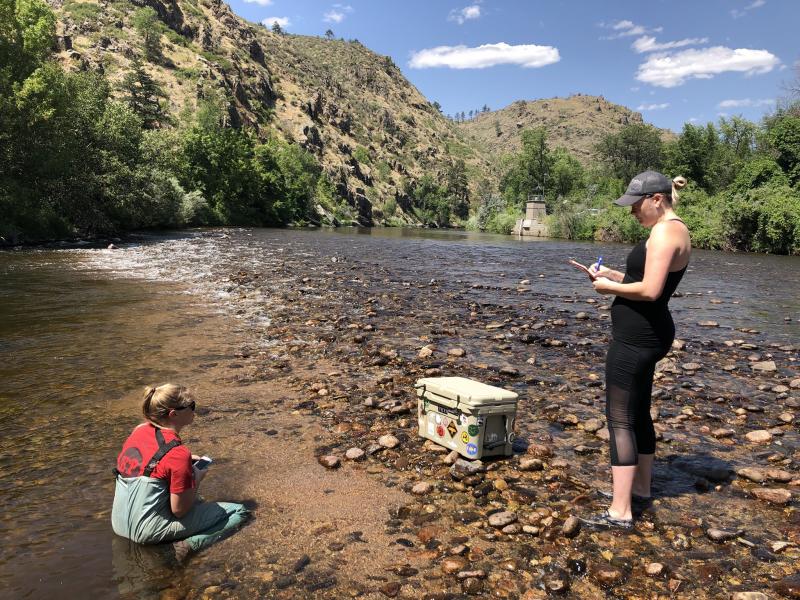
Climate Change Science & Atmospheric Science

The mammalian cloud formations intensified, creating a spectacular scene over most of the Tri-Cities and producing the ash fallout that covered the area.
(Photo: Pacific Northwest National Laboratory)
PNNL has extensive experience and strengths in measuring, modeling, and understanding the complex interactions among human and earth systems, from molecular to global scales. Research activities range from laboratory and field measurements to computer simulations to integrated analyses of climate impacts and response options.
We have deep expertise in atmospheric measurement systems, atmospheric aerosol chemistry, cloud physics and cloud-aerosol-precipitation interactions, boundary layer meteorology, land-atmosphere interactions, biogeochemistry, hydrology, ecosystem science, integrated assessment, energy-water nexus, and multiscale atmospheric and earth system modeling. We apply expertise from related core capabilities, including chemical and molecular sciences; biological systems science; earth system science and engineering; decision science and analysis; power systems and electrical engineering; advanced computer science, visualization, and data.
Our research into climate change and atmospheric systems focuses on improving our basic understanding of the causes and consequences of climate change and on developing the data-driven regional and global modeling frameworks needed to predict changes in climate, as well as in related human and environmental systems.
Key facilities at PNNL include the Atmospheric Measurements Laboratory, Atmospheric Radiation Measurement (ARM) user facility, ARM Aerial Facility, Environmental Molecular Sciences Laboratory, Marine and Coastal Research Laboratory, and Joint Global Change Research Institute. These facilities draw upon world-class equipment, such as a G-1 research aircraft, a flow-through environmental chamber, and wind energy lidar buoys.
PNNL is also a leading developer of atmospheric, climate, and earth system models, such as the Global Change Assessment Model, the Weather Research and Forecasting model DUSTRAN (DUST TRANsport), and the Accelerated Climate Model for Energy. We integrate modeling and observational systems across disciplines to yield new insights into the evolution of the coupled human-environment system. Our capabilities include programs in atmospheric process research, regional and global earth system modeling, integrated assessment, and atmospheric wind energy research.
PNNL manages this core capability for several Department of Energy sponsors—notably, the Office of Biological and Environmental Research, the Office of Advanced Scientific Computing Research, the Office of Energy Efficiency and Renewable Energy, and the Office of Fossil Energy. Additional funding comes from other federal agencies including the National Aeronautics and Space Administration, the Environmental Protection Agency, and the National Oceanic and Atmospheric Administration.




